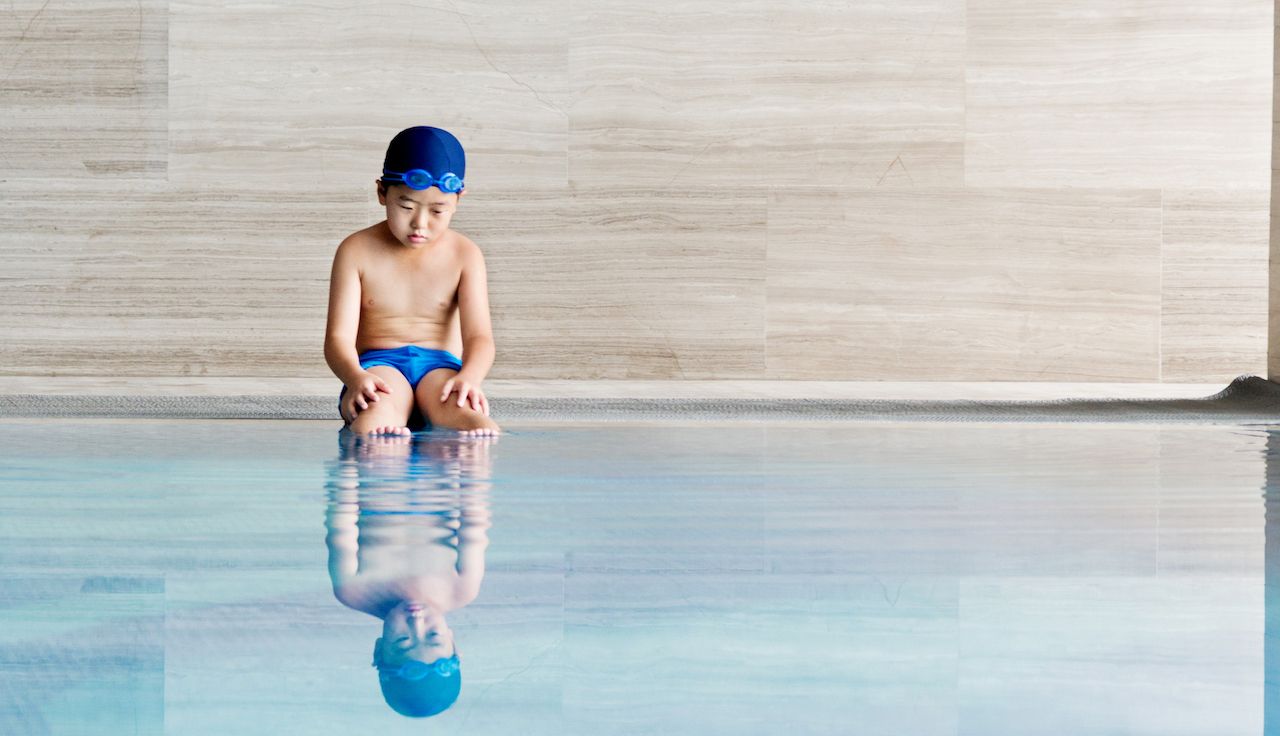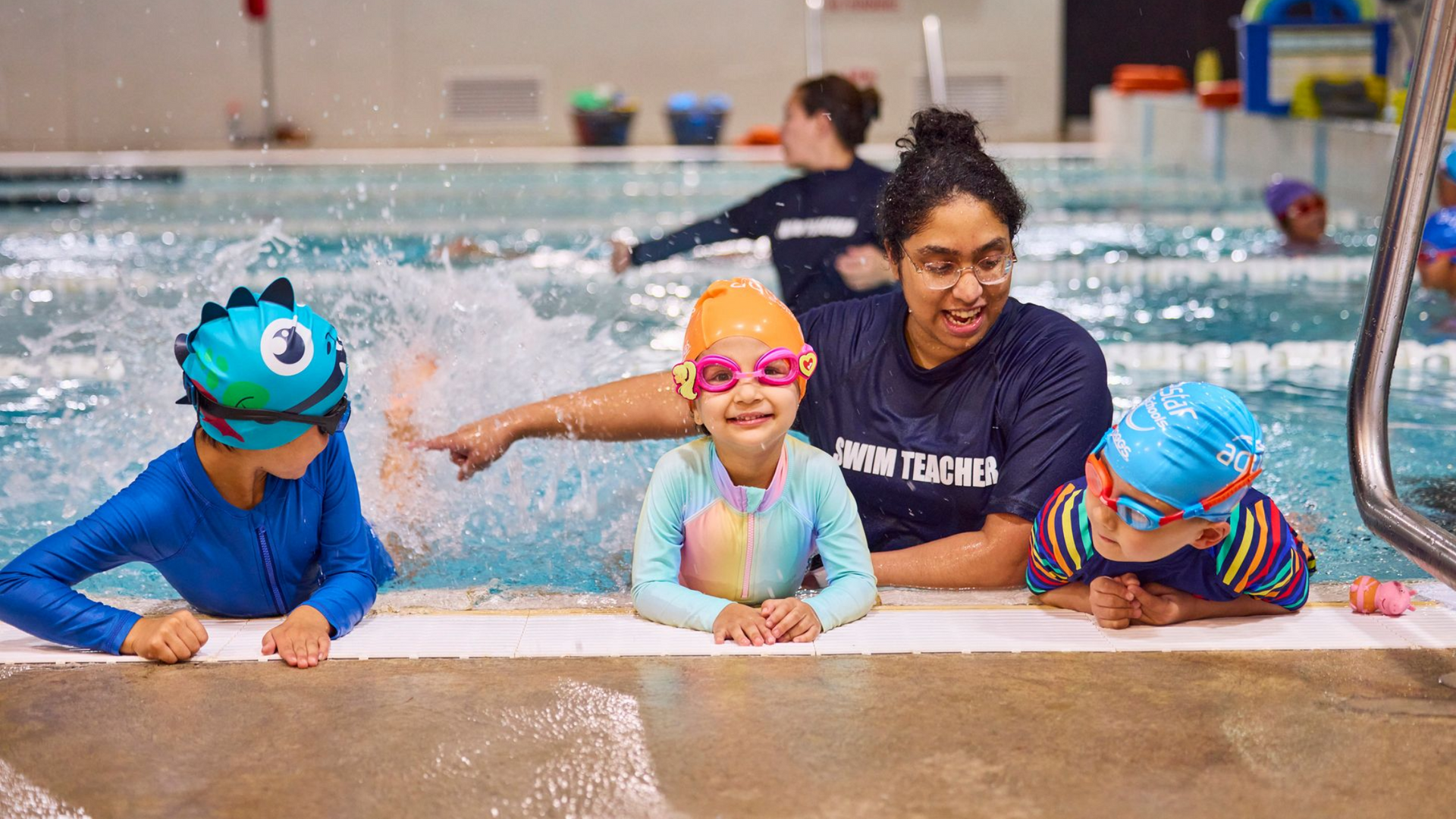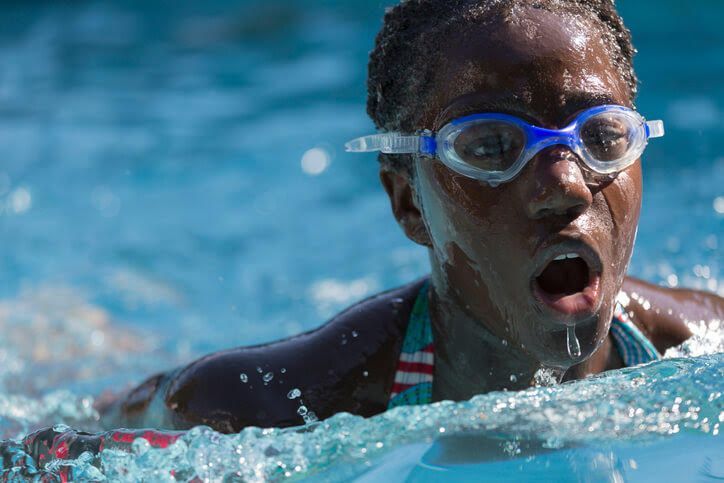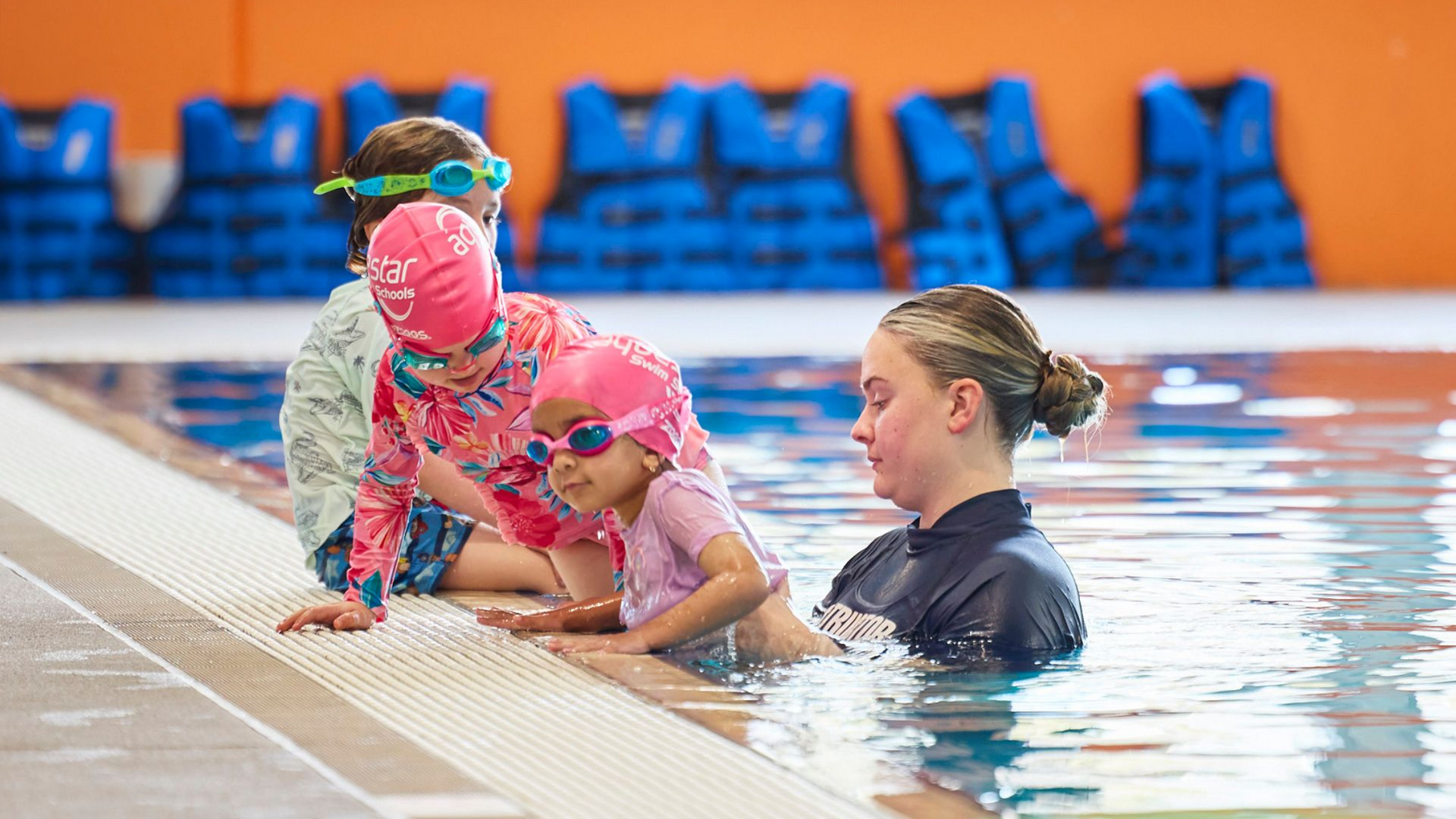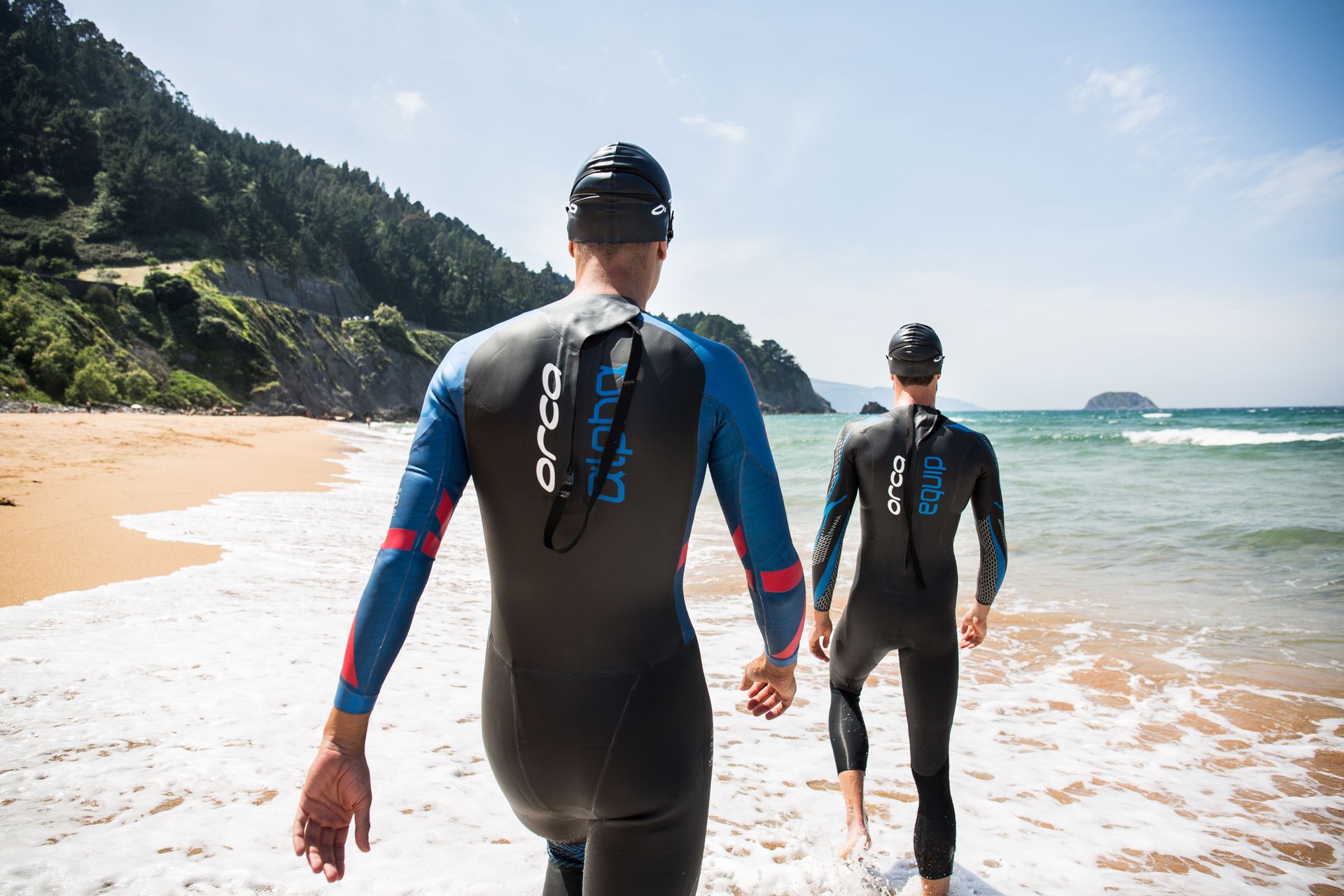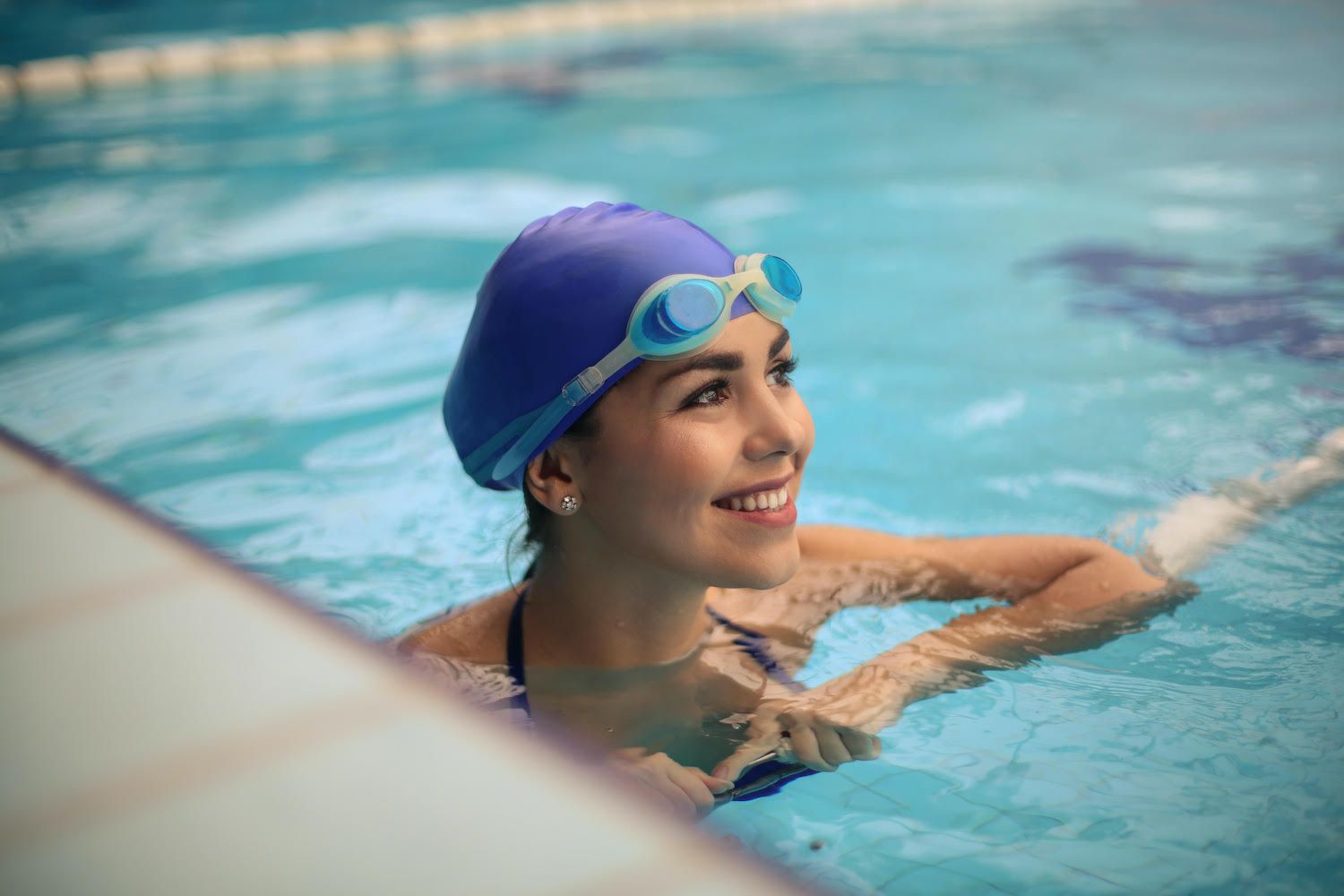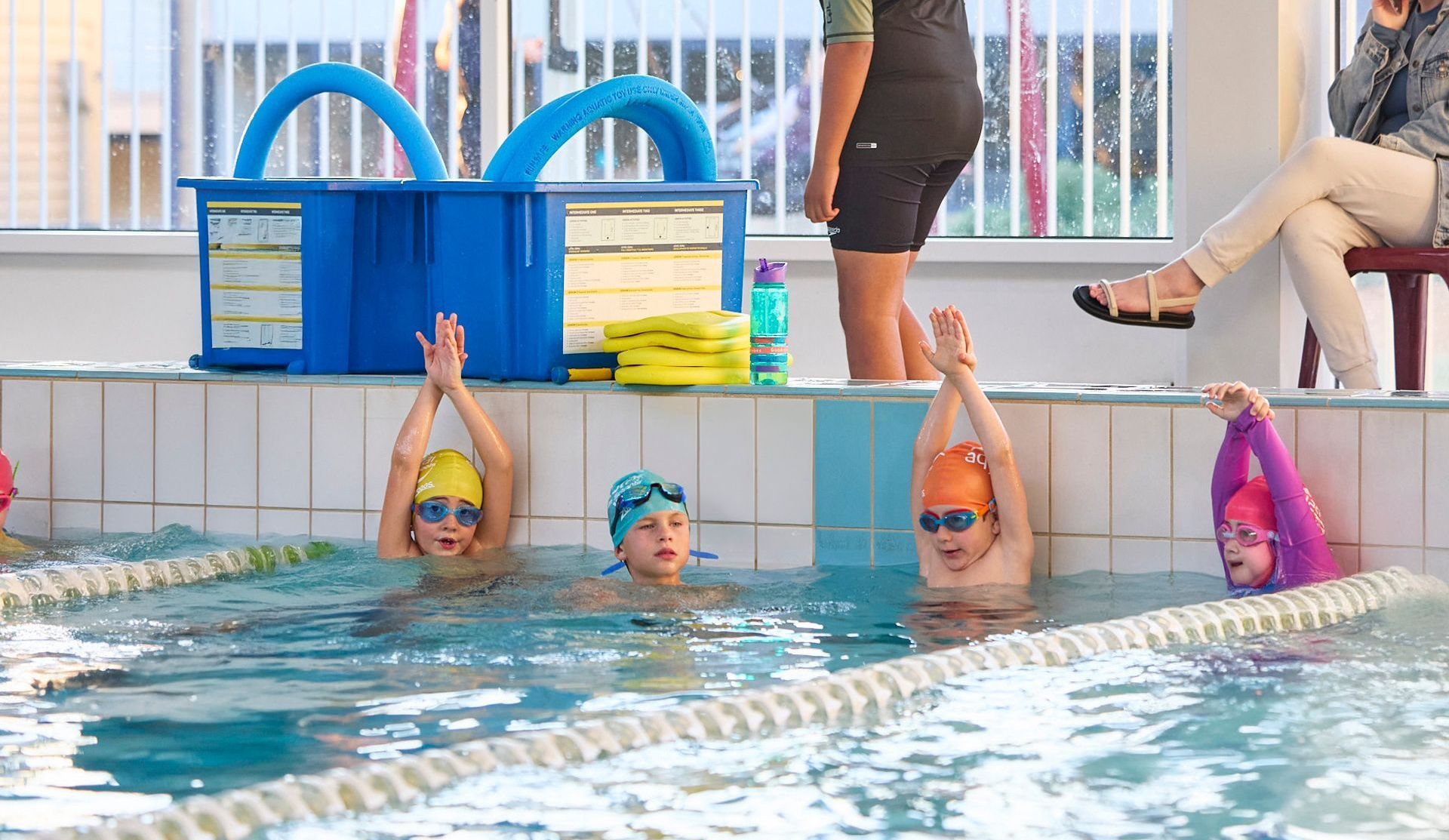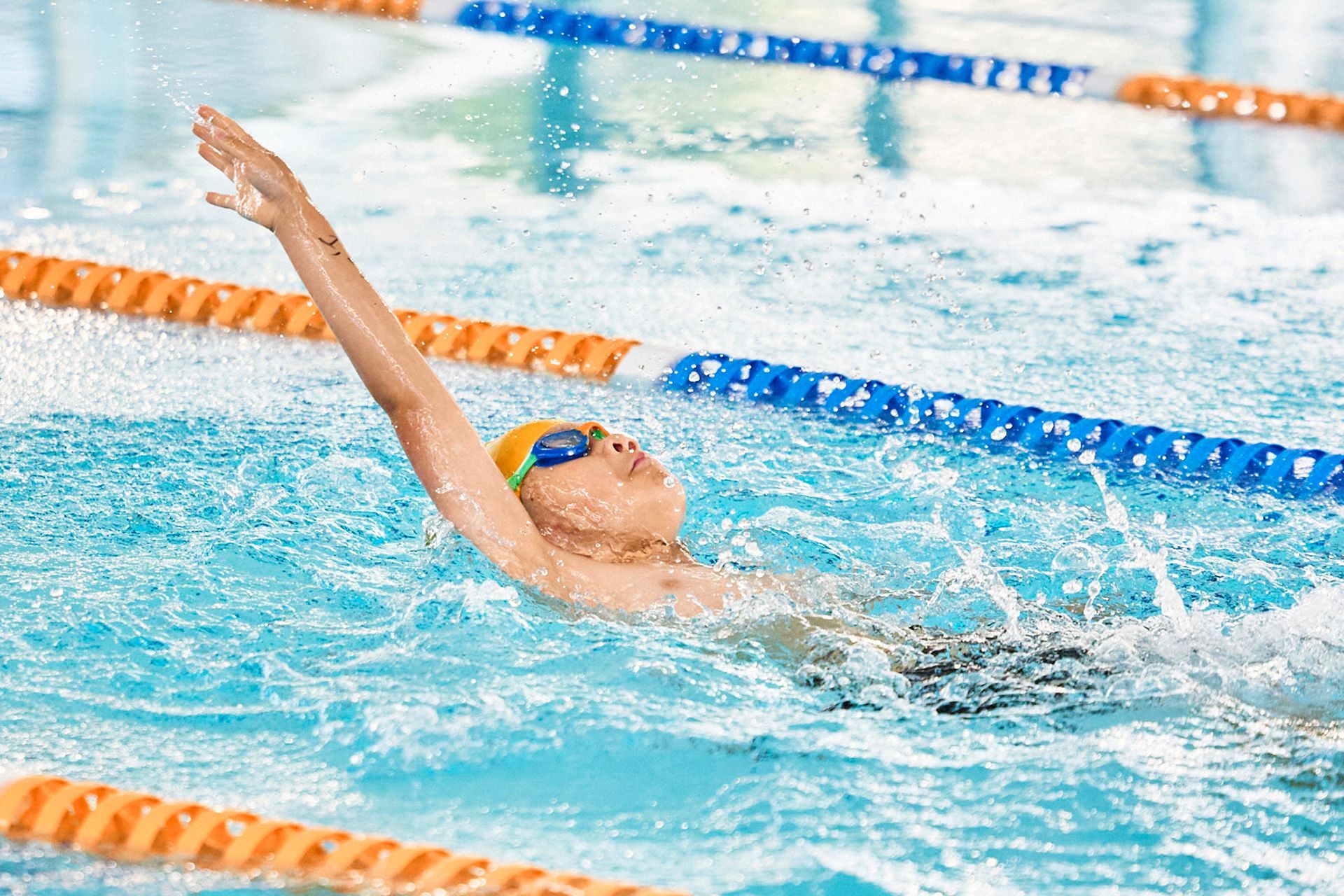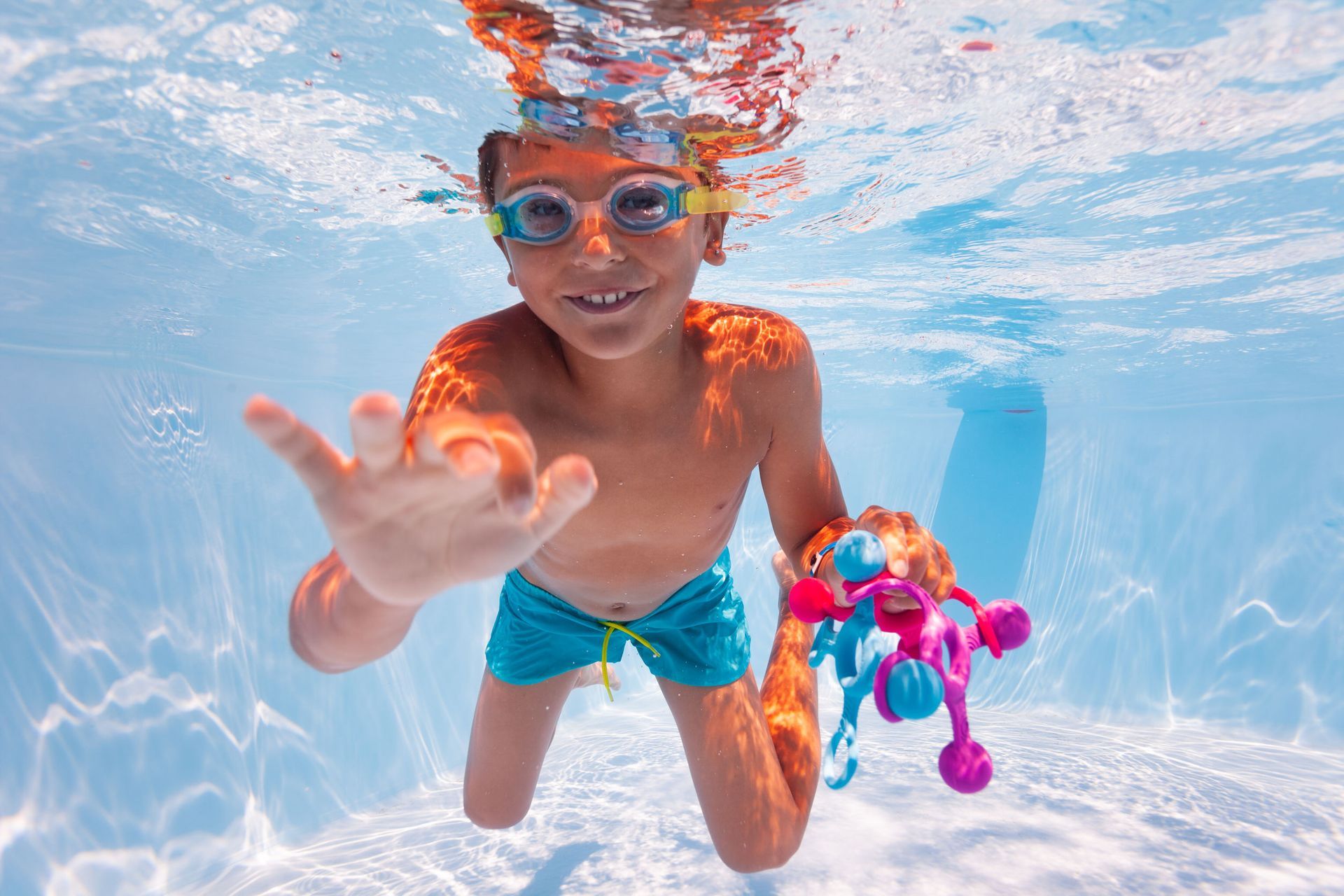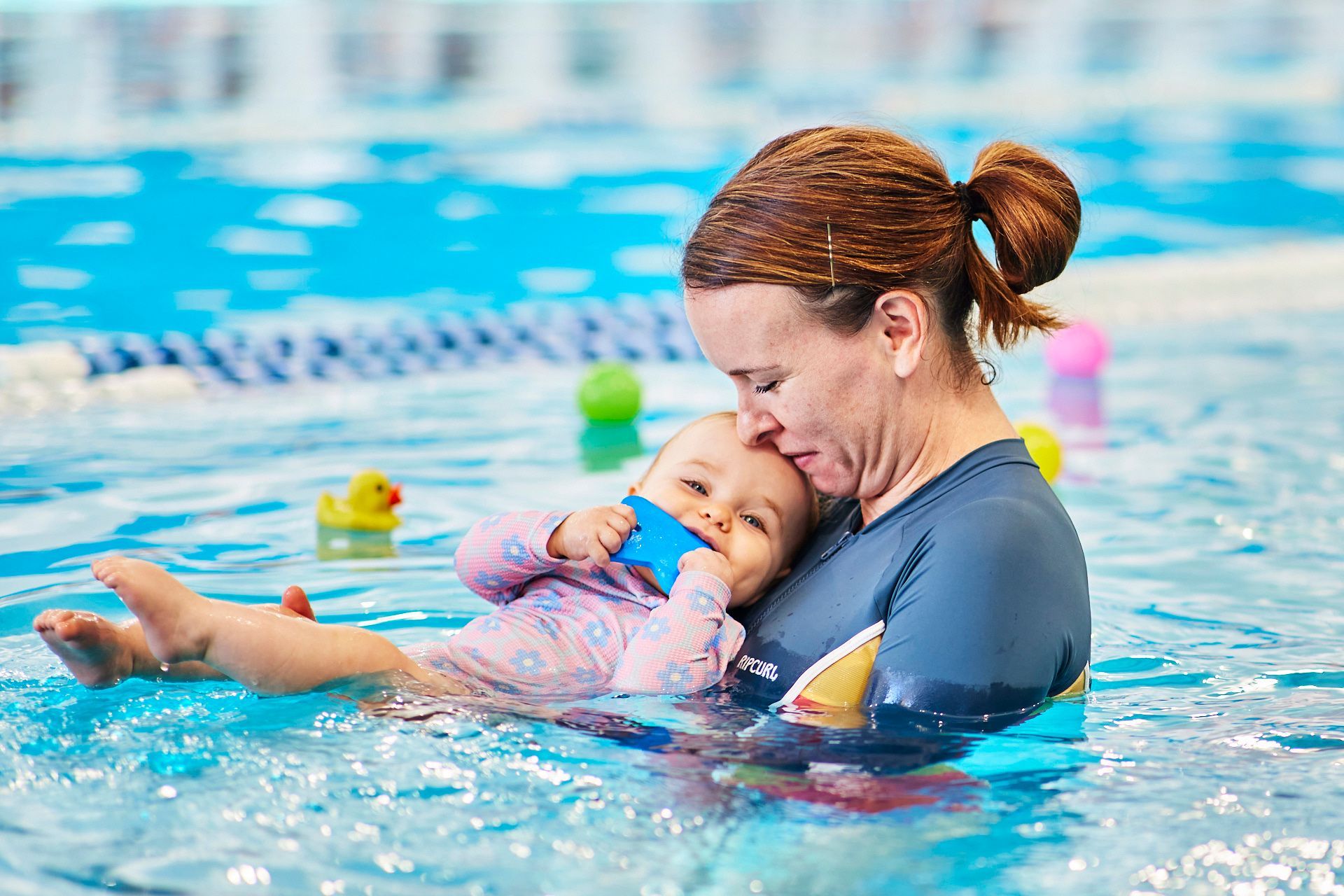Grating goggles and concerning caps: how to handle common swim lesson challenges
There are many reasons why children are enrolled in swimming lessons: learning to swim is a valuable life skill, fun recreational activity, and great for both physical and mental health.
However, when a child first starts out in the pool there are common challenges that many parents face, from water anxiety through to a dislike of swim caps and goggles. The good news is these are common challenges and nothing that cannot be overcome!
The Goggle Dilemma
Goggles are important for protecting your eyes from chlorine and other pool chemicals, but some children dislike wearing them for various reasons. Here’s how to handle the goggle challenge:
- Proper fit: Make sure the goggles fit snugly but not too tight. Encourage your child to try on different styles and sizes to find the most comfortable pair.
- Introduction: Gradually introduce goggles during swim practice by wearing them for short periods, so your child becomes accustomed to the sensation.
- Fun designs: Choose goggles with fun designs or colours to make them more appealing, especially for children.
- Anti-fog and UV protection: Foggy goggles won’t stay on your child’s head long! Invest in high-quality goggles that have anti-fog and UV protection features, as these can enhance the swimmer’s experience.
- Role modelling: Parents and swim teachers can set a positive example by wearing goggles themselves, demonstrating their importance.
Coping With Cap Concerns
Swim caps are designed to reduce drag and keep hair away from the face – as well as save you the pain of washing chlorine from your child’s hair after each swim session! However, some children may find their snug fit “too tight” while others might baulk at the feeling of the rubber gripping their hair. So, what can be done about these concerns?
- Proper technique: Teach your child how to put on a swim cap correctly. Start by folding the cap in half and then stretching it over the head. It should fit snugly without being too tight.
- Hair preparation: Wetting the hair before putting on the cap can make the process easier. For longer hair, consider a swim bun or braid to keep it contained. A bit of preparation here helps to prevent hair being gripped and pulled; if you can prevent that from the outset, you’re reducing the risk of cap concerns developing!
- Different materials: Explore different cap materials such as silicone or latex to find the most comfortable option for your child.
- Fun patterns: Like goggles, many swim caps come in various patterns and colours, so let your child choose something that appeals to them.
Navigating Water Anxiety
“Too tight” googles and caps aside, one of the most common challenges when first introducing children to swim lessons is water anxiety. Let’s face it: humans are land mammals, and swimming is a skill that must be learnt. It’s not second nature to us. With this being the case, it’s to be expected that some children will feel apprehensive about jumping into the water. So, if your child isn’t keen to get in the pool, how can this be overcome?
- Start slowly: Gradually introduce your child to the water by beginning in shallow areas where they can touch the bottom. Building confidence in children is about creating stepping stones to the overall goal; it’s not recommended to simply “throw them in the deep end” so to speak.
- Positive reinforcement: Praise and encourage swimmers to build their confidence. Small achievements should be celebrated; again, it’s about creating smaller, achievable goals that gradually help them work towards the main goal.
- Make it fun: Much like colourful caps and glitzy goggles, making time in the pool fun and relaxed is a great way to build confidence and enjoyment. Incorporate enjoyable water games to make the experience less intimidating.
- Relaxation techniques: Teach deep-breathing exercises to help children stay calm and relaxed in the water.
Get Started With Aquastar Swim Schools
Enrolling your child in swim lessons with a qualified teacher is the best way to help them acquire the skills they need to stay safe and have fun around water. Quite often, a cap or goggle dilemma can be resolved by simply being around other children who are wearing them in the same lesson, or some gentle encouragement from the teacher. Other common concerns such as general water anxiety will often resolve over time as children become more comfortable in the pool.
Aquastar Swim Schools offers a Learn to Swim program with classes to suit all ages and abilities, and with qualified, experienced teachers you can rest assured your child will be making a splash and enjoying the water in no time!


